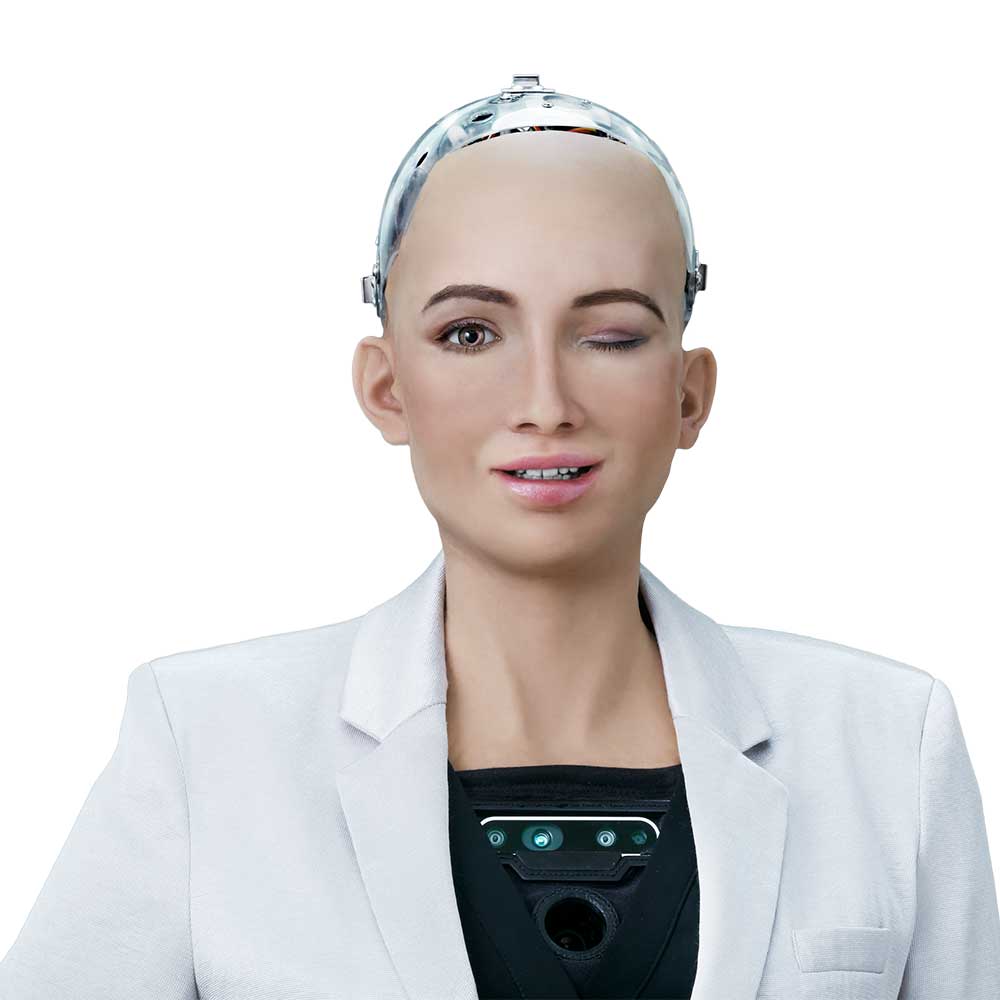
Sophia: Examining the Current State of Human-Robot Interaction
By Sophia Chen
In recent years, humanoid robots like Sophia have captured the public's imagination, offering glimpses into a future where humans and robots interact seamlessly. However, as promising as this vision is, the reality presents numerous challenges that researchers and developers must address.
In recent years, humanoid robots like Sophia have captured the public's imagination, offering glimpses into a future where humans and robots interact seamlessly. However, as promising as this vision is, the reality presents numerous challenges that researchers and developers must address.
Humanoid robots, such as Hanson Robotics' Sophia, exemplify the fusion of advanced AI and human-like design. While these robots have the potential to transform industries from healthcare to service, their real-world application involves complex technical and ethical challenges. This article explores the current capabilities of humanoid robots, the hurdles they face, and the implications for future deployment.
Sophia's Technological Foundations
Sophia's Technological Foundations
Sophia, created by Hanson Robotics, is a pinnacle of humanoid robot development, featuring advanced AI systems and a highly expressive face made of a patented material called "Frubber." This allows Sophia to exhibit a wide range of facial expressions, simulating human-like interaction.
Challenges in Real-World Deployment
At its core, Sophia's AI uses machine learning algorithms to process visual and auditory data, enabling real-time decision-making and interaction. This is supported by cloud-based AI and a network of sensors that capture environmental data, allowing responsive engagement with users.
Challenges in Real-World Deployment
Ethical and Societal Implications
Despite advancements, deploying humanoid robots like Sophia in meaningful roles remains challenging. Technical issues such as maintaining accurate perception in varied environments, achieving nuanced human-robot interaction, and ensuring consistent AI performance are significant hurdles.
Additionally, the high cost and complexity of producing humanoid robots limit their scalability. Sophia's appearances have primarily been at exhibitions and conferences, showcasing potential rather than deploying in business or social settings. The operational reliability of these robots in dynamic human contexts still requires thorough testing and validation.
Advancements in Human-Robot Interaction
Ethical and Societal Implications
Introducing humanoid robots into everyday settings raises ethical questions and societal implications. For instance, the uncanny valley effect—where robots appear almost, but not quite, human—can cause discomfort among users. Addressing privacy concerns, especially regarding data that these robots collect and process, is crucial.
By the numbers
- Production cost of robots like Sophia: Over $100,000 USD, 2023 — Hanson Robotics
- Operational hours saved by robots in healthcare settings: 600,000 hours hours, 2025 — Diligent Robotics
- Growth in humanoid robot market: 14% CAGR 2023-2030, 2023 — Grand View Research
What's next
The humanoid robotics field is noticeably advancing, and the next significant milestone will likely involve successful pilot deployments of robots like Sophia in controlled, real-world environments. These tests will be crucial in illustrating to both developers and potential adopters how these technologies can be applied practically and ethically.
> "Bringing humanoid robots like Sophia into real-world applications involves a host of complex technical and ethical challenges that must be addressed."
Sophia has sparked debates about robot rights and identity. As humanoid robots gain more autonomy, questions about their legal status, accountability in case of malfunction, and the ethical boundaries of human-robot relationships remain important topics of discussion.
Sources
- Hanson Robotics — Sophia - Hanson Robotics (2023-10-01)
- Stanford News — Stanford's Interactive Perception and Robot Learning Lab (2025-09-30)
- Grand View Research — Humanoid Robot Market Size & Share (2023-01-01)
- The Robot Report — Diligent Robotics adds two members to AI advisory board (2025-10-04)